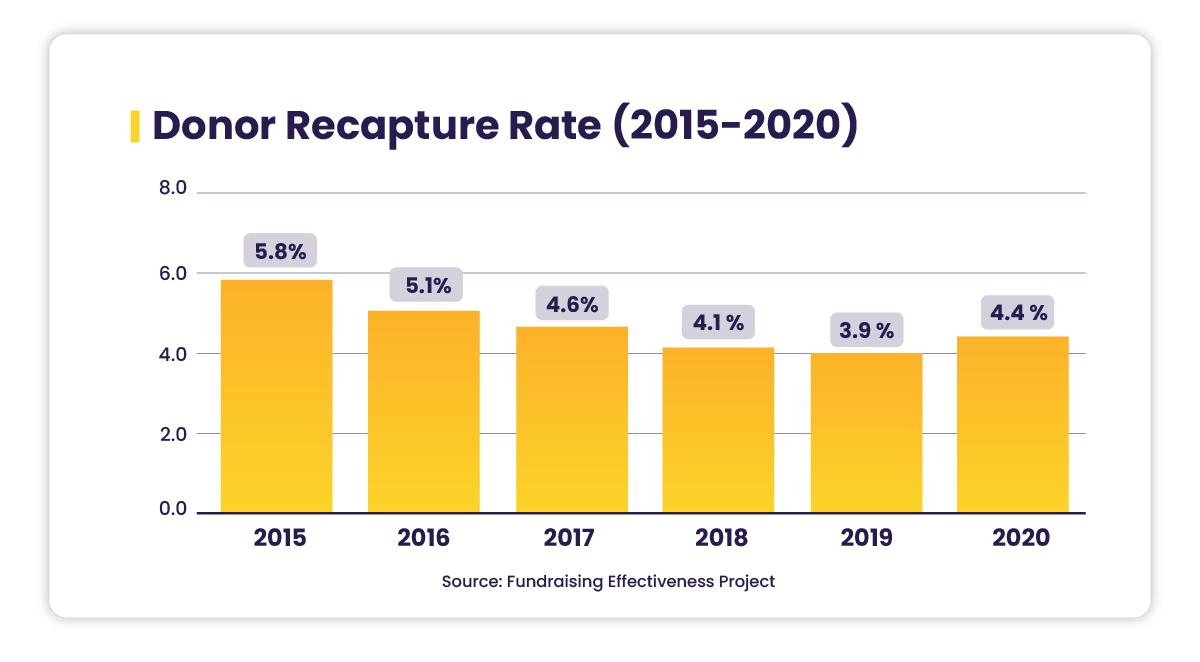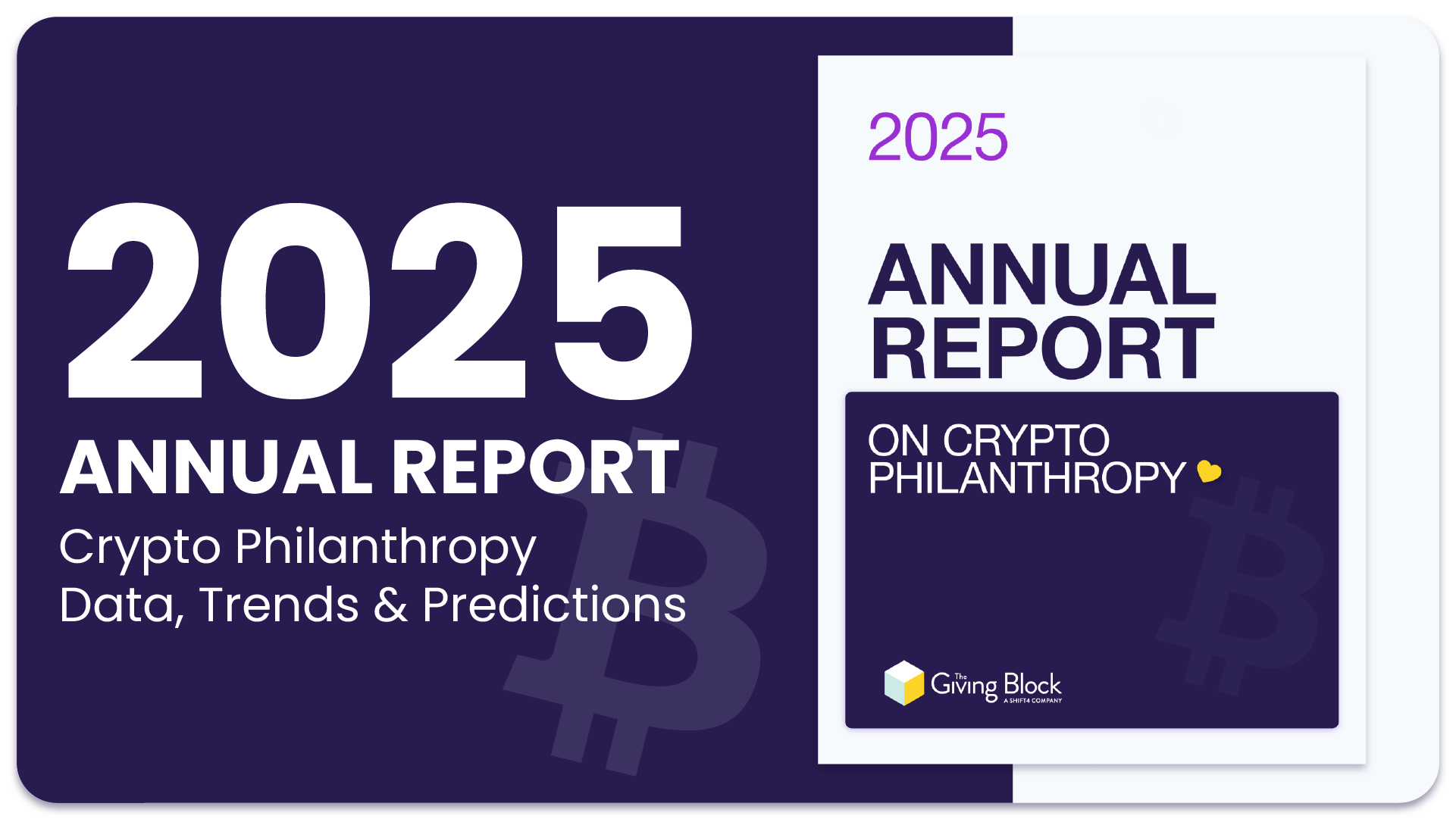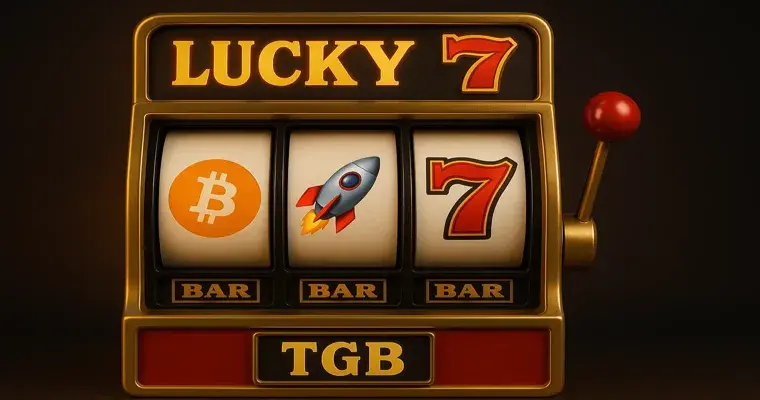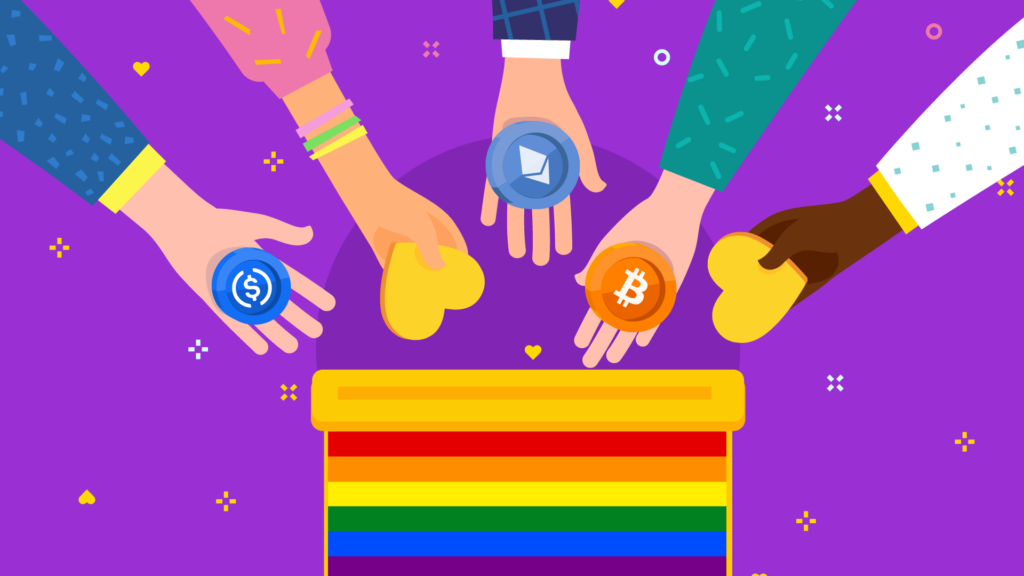Donor retention rates have been on the decline over the past decade. So why do some donors stop giving to a charity—even after years of continuous support—and what can nonprofits do to reach those lapsed donors?
Learn the main causes for donor churn and discover several approaches that fundraisers can use to get those lapsed donors to give again.
Why Nonprofit Donors Stop Giving
For a wide variety of reasons, many donors won’t give to the same organization twice. The most commonly-cited factors for “donor lapse” point to a specific culprit: poor management of donor relationships.
A recent study on donor motivations found that donors who gave between $250-2,500 stopped giving because of reasons such as:
- A perceived lack of appreciation
- Never receiving a proper thanks for their support
- Not being asked to give again
- Lack of communication about use of funds
- Dissatisfaction with the organization
Other factors play a role too, such as the influence of social media on charitable giving behaviors—remember the Ice Bucket Challenge, for example? But nonprofits should bear in mind that their communication (or lack thereof) can determine if donors want to give again.
Donor Churn: How Should Nonprofits React?
Is it worth the effort to re-engage lapsed donors? From a dollar for dollar standpoint, the answer is yes. According to Neon One, the average cost to retain an existing donor is roughly $0.20 for every $1 given.
In comparison, acquiring new donors can be far more expensive. Nonprofits can “reasonably expend the entirety of each dollar raised or somewhat more in connection with its donor acquisition effort,” according to Kinetic Fundraising.
Still, it’s important to have realistic expectations about the success of your efforts. Over the past few years, the nonprofit sector’s average donor recapture rate has slipped below 5%, meaning that you’re only going to get a fraction of those donors to give again.
The percentage of donors who did not give in a succeeding year but gave again in the following year.

Exactly how much should you spend on lapsed donor outreach? That depends widely from nonprofit to nonprofit. For the best results, consider other fundraising metrics such as the average lifetime value of your donors. Your overall cost to win back a donor shouldn’t exceed what they’re likely to give you in donations.
Bottom line? Reactivating lapsed donors is a worthwhile undertaking, but it requires realistic goal-setting and careful spending.
5 Tips to Win Back Lapsed Donors
Developing a win-back campaign takes careful planning, but it doesn’t have to be overly complicated. Try working some of these ideas into your lapsed donor reactivation strategy:
1. Track Your Fundraising KPIs
Regular donor database audits are a core aspect of nonprofit fundraising. Keep tabs on metrics that are relevant to donor retention, such as gift frequency, donor churn rate and average lifetime value.
You can also leverage donor data to create custom donor personas, which can help you more effectively tailor your message to different segments of your supporters.
2. Find Out What You Could Have Done Better
When was the last time you surveyed your donors? By learning what your former donors liked and didn’t like, you can gain valuable insights about how to improve future communications.
Donor surveys are also a way to engage lapsed donors without asking for financial support. Plus, a response may indicate a willingness to give again in the future.
3. Send a Personalized Lapsed Donor Letter
With the rise of modern CRMs and email marketing software, today’s nonprofit donors expect some degree of personalized communications.
Writing a great lapsed donor letter, however, requires that you go beyond simply adding a few custom fields to your email. At a minimum, it should be as personal as possible, articulate that you miss them, and invite them to give again.
Donors that haven’t given in several years may require a more assertive, direct ask, while you can try a more casual approach with recently lapsed donors, who may have simply forgotten to give.
4. Modify Your Donation Ask
If other efforts to re-engage lapsed donors haven’t worked, you may want to try downgrading them to a lower giving tier. This means asking them to give less than they had previously.
Instead of asking for a single donation, you could also try asking for a small recurring donation (e.g. $10 every month). These gifts may add up to slightly less than their most recent annual gift, but the major upside is that you won’t need to ask them to give again if their donations are now automatic.
5. Diversify Your Giving Options
If you have donors no longer interested in making cash donations, try offering them other meaningful ways to give. That could include in-kind donations like goods, or non-cash donation methods like cryptocurrencies and stocks.
Wondering what’s so important to know about non-cash assets? Consider these points:
- They make up the lion’s share of U.S. household wealth, up to 93% by some estimates.
- Donors do not have to pay capital gains on appreciated assets that are donated directly to a registered charity.
- By accepting cryptocurrencies in particular, your nonprofit will be able to tap into a unique donor demographic that is young, relatively affluent and highly generous.
When engaging in these conversations with your team and leadership, reviewing your gift acceptance policy is a good place to start. Then, look into fundraising solutions that help your organization accept these assets through a compliant, secure platform.
Key Takeaways
Ultimately, your objective in winning back lapsed donors is to get them to meet or exceed your nonprofit’s average lifetime donor value.
- Take time to understand. Learning why your donors stop giving is the first step in creating a strategy to recover lapsed donors.
- Set realistic expectations. The average donor recapture rate is below 5%, but dollar for dollar, reactivating lapsed donors is a cost-effective tactic.
- Review donor metrics. By tracking fundraising performance metrics, you can identify donor segments that need more pronounced nurturing efforts.
- Be honest with your donors. Sincere, transparent communication is always the best policy.
- Change your ask. For donors that have moved on to supporting other causes, try downgrading your ask to a lower giving level.
- Offer alternative giving methods. The vast majority of wealth is held in non-cash assets, so donors may have more to give in the form of cryptocurrency and stocks.



















